Description
Cumene: A Versatile Petrochemical Building Block
Cumene, also known as isopropylbenzene, is an aromatic hydrocarbon with a wide range of applications, primarily as a crucial intermediate in the production of other essential chemicals. Its importance lies in its ability to be easily converted into valuable compounds like phenol and acetone, which are fundamental building blocks for various industries.
What is Cumene?
Cumene is a colorless liquid with a distinct, aromatic odor. It is insoluble in water but readily soluble in most organic solvents. Its chemical formula is C9H12, and it consists of a benzene ring with an isopropyl group attached.
How is Cumene Produced?
Cumene is primarily produced through the Friedel-Crafts alkylation of benzene with propylene. This process involves reacting benzene with propylene in the presence of an acid catalyst, typically solid phosphoric acid or zeolite. The reaction selectively adds the isopropyl group to the benzene ring, resulting in cumene production.
The Cumene-Phenol Process: A Cornerstone of Chemical Manufacturing
The vast majority of cumene produced globally is used in the cumene-phenol process, also known as the Hock process. This process is the dominant route for manufacturing phenol and its co-product, acetone. Here’s a simplified overview:
- Oxidation: Cumene is oxidized with air to form cumene hydroperoxide.
- Acid Catalyzed Cleavage: Cumene hydroperoxide is treated with an acid catalyst, such as sulfuric acid, which causes it to cleave into phenol and acetone.
This process is highly efficient and economically viable, making it the preferred method for producing these two crucial chemicals.
Applications of Phenol and Acetone (Derived from Cumene):
The applications of phenol and acetone are diverse and far-reaching:
- Phenol:
- Resins: Used in the production of phenolic resins, which are employed in plywood adhesives, molding compounds, and laminates.
- Bisphenol A (BPA): A key ingredient in the production of polycarbonate plastics and epoxy resins.
- Caprolactam: A precursor to nylon-6.
- Pharmaceuticals and Dyes: Used as an intermediate in the synthesis of various pharmaceuticals and dyes.
- Acetone:
- Solvent: A widely used solvent for various applications, including paints, lacquers, and resins.
- Chemical Intermediate: Utilized in the production of methyl methacrylate (MMA) for acrylic plastics, bisphenol A (BPA), and other chemicals.
- Cleaning Agent: Commonly used as a cleaning agent and nail polish remover.
Other Applications of Cumene:
While the cumene-phenol process consumes the majority of cumene production, it also finds use as:
- High-Octane Gasoline Additive: Cumene can be added to gasoline to boost its octane rating, improving engine performance.
- Solvent: Used in some industrial applications as a solvent.
Safety Considerations:
Cumene is a flammable liquid and should be handled with care. Exposure to high concentrations of cumene vapors can cause irritation of the eyes, skin, and respiratory tract. Prolonged or repeated exposure may lead to more serious health effects. Proper ventilation and personal protective equipment are essential when working with cumene.
Conclusion:
Cumene is a vital petrochemical intermediate that plays a significant role in the production of phenol and acetone, two essential chemicals used in countless applications across various industries. Its efficient production and versatility make it a cornerstone of modern chemical manufacturing, contributing significantly to the products we use in our daily lives. Understanding the properties and applications of cumene provides valuable insight into the complex and interconnected world of petrochemicals.

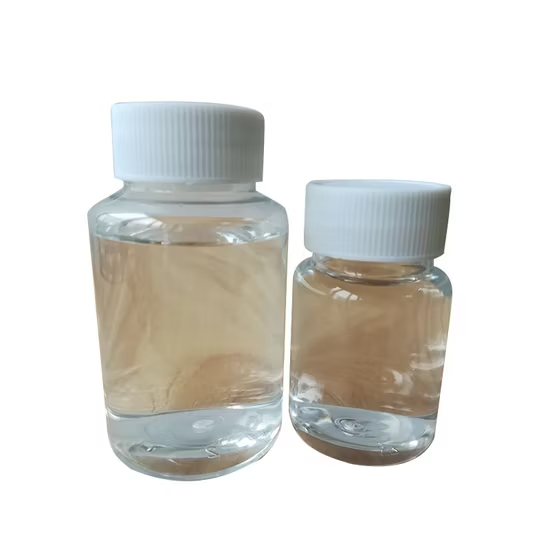

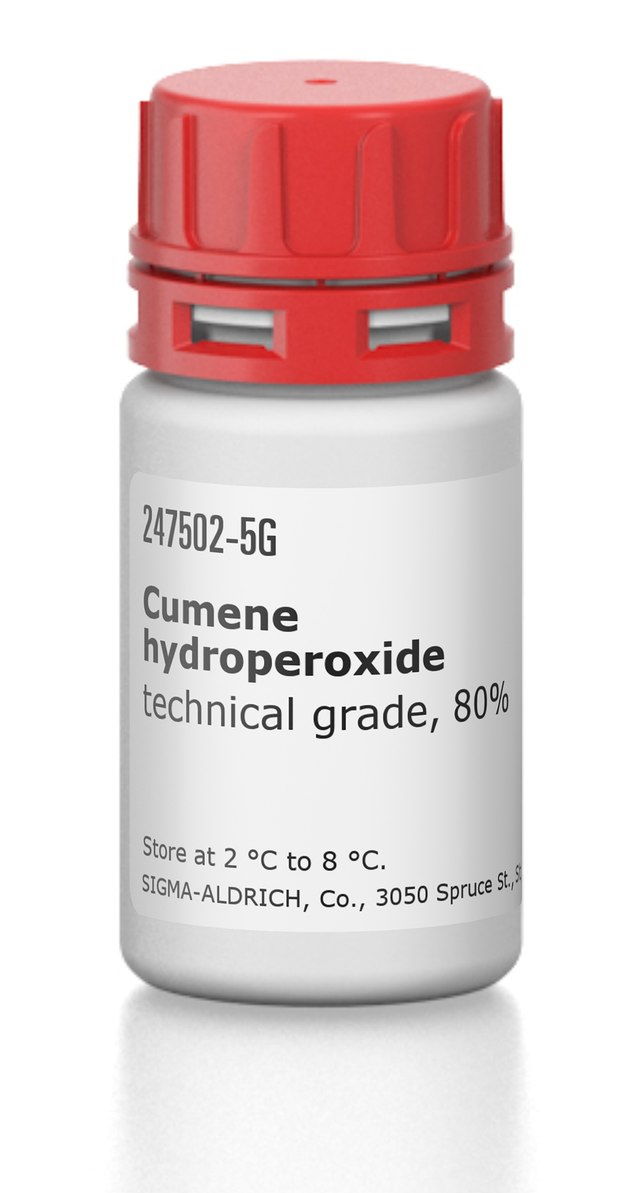




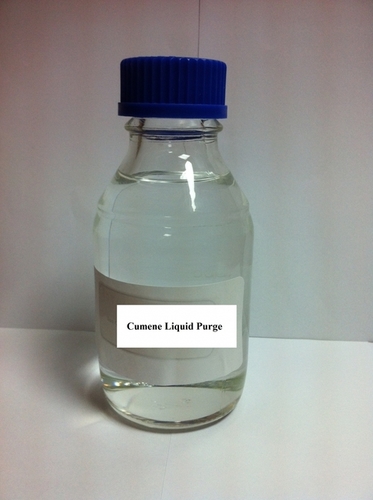
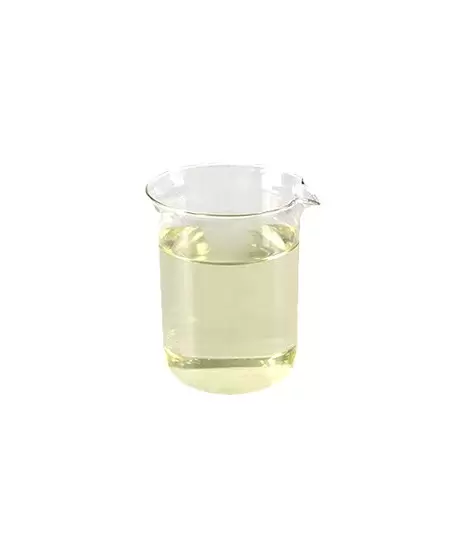
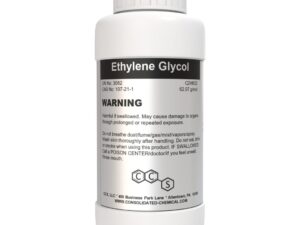



Reviews
There are no reviews yet.